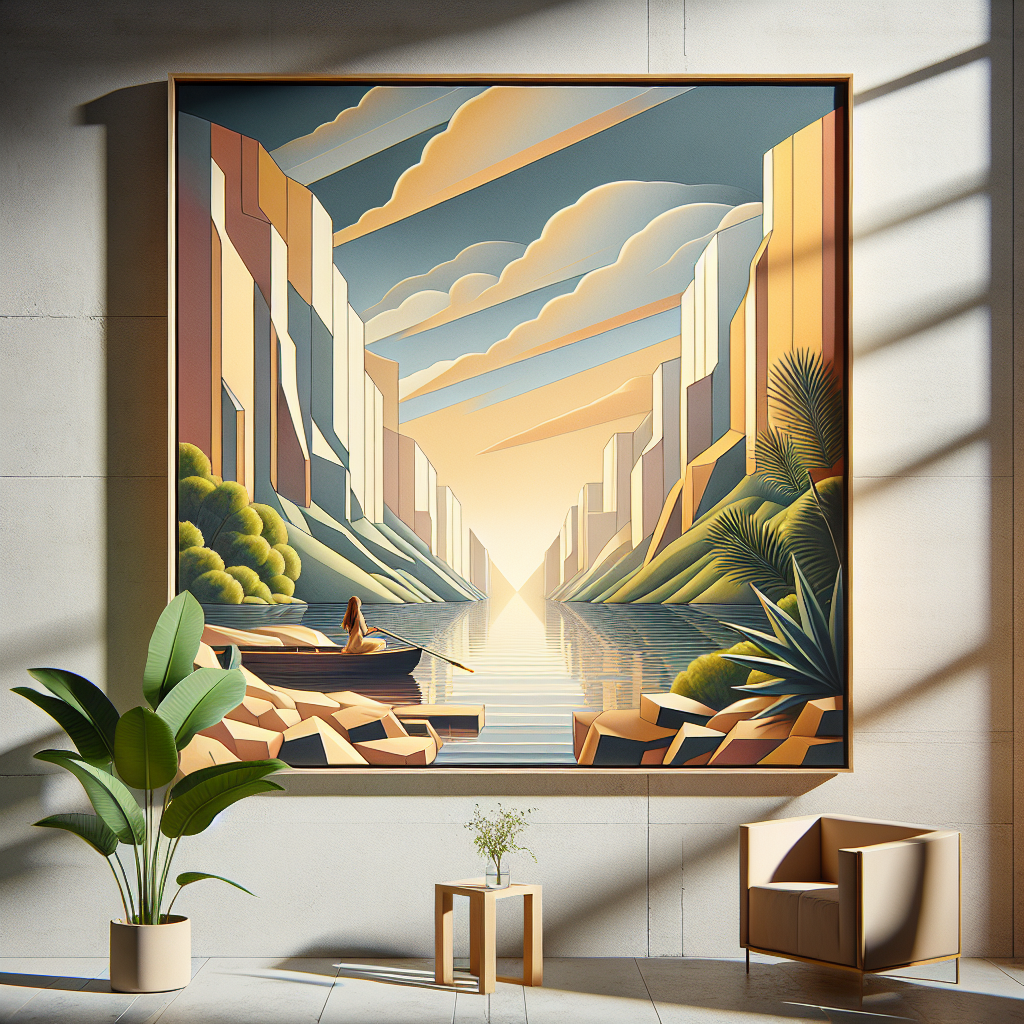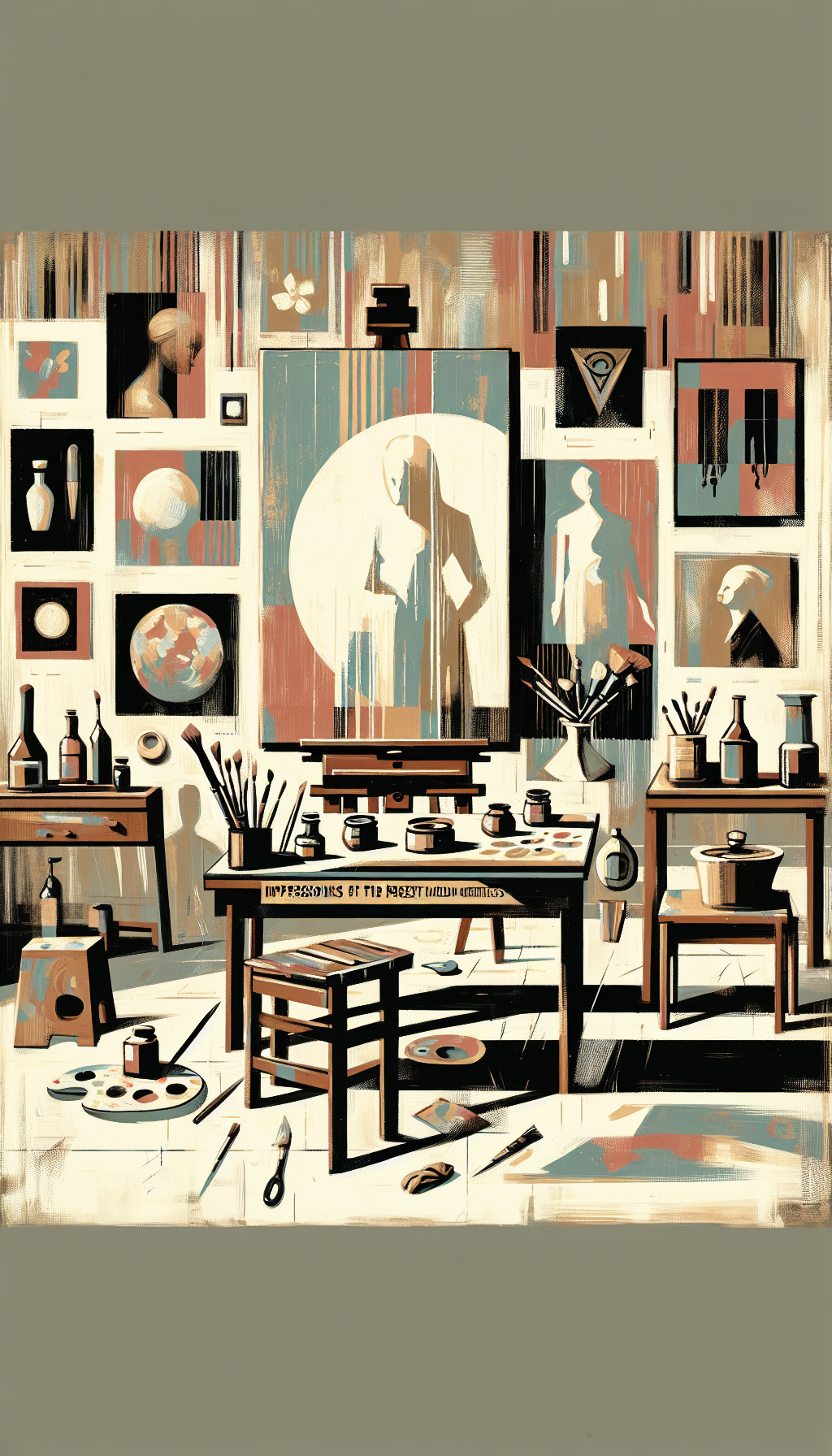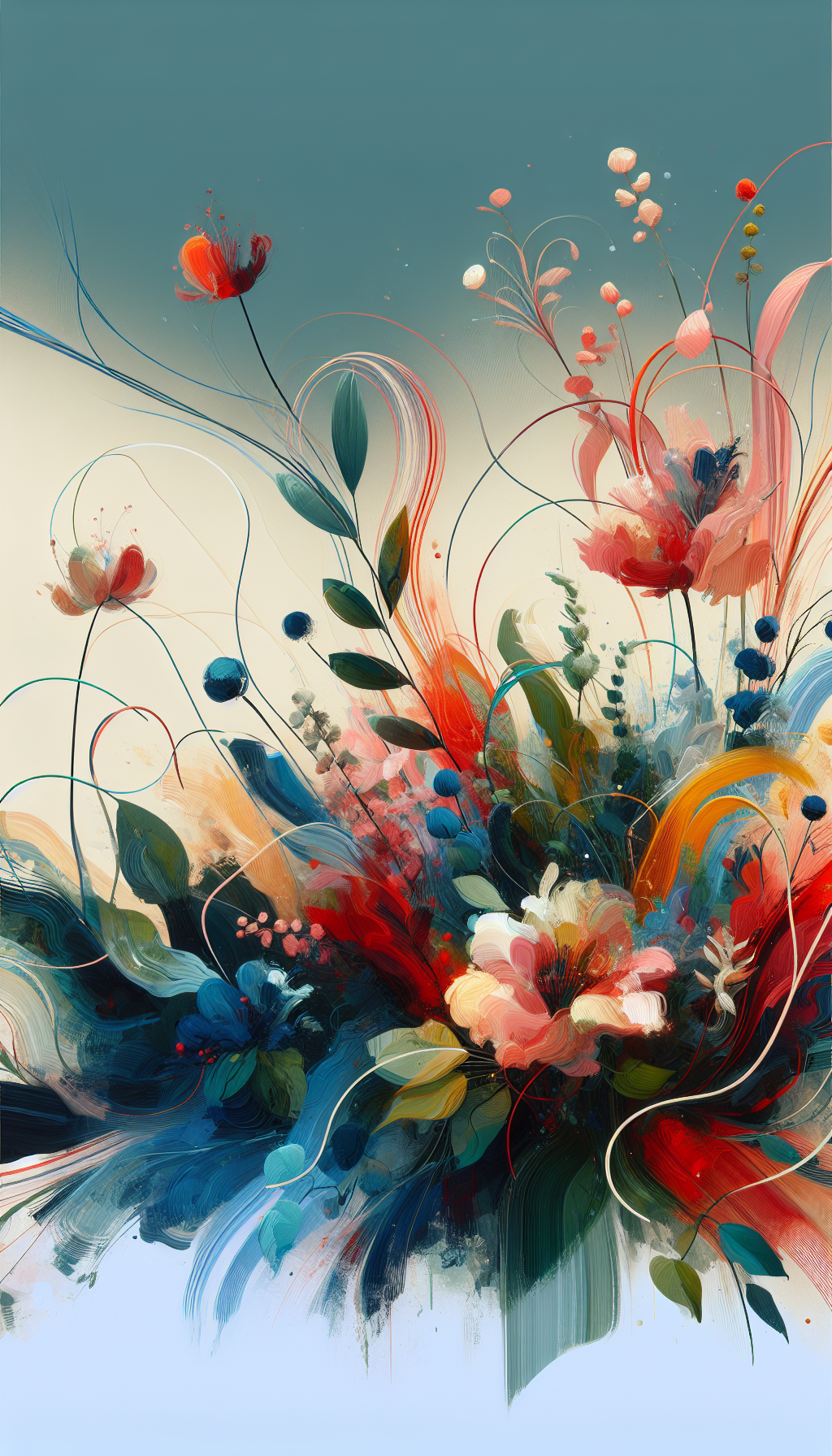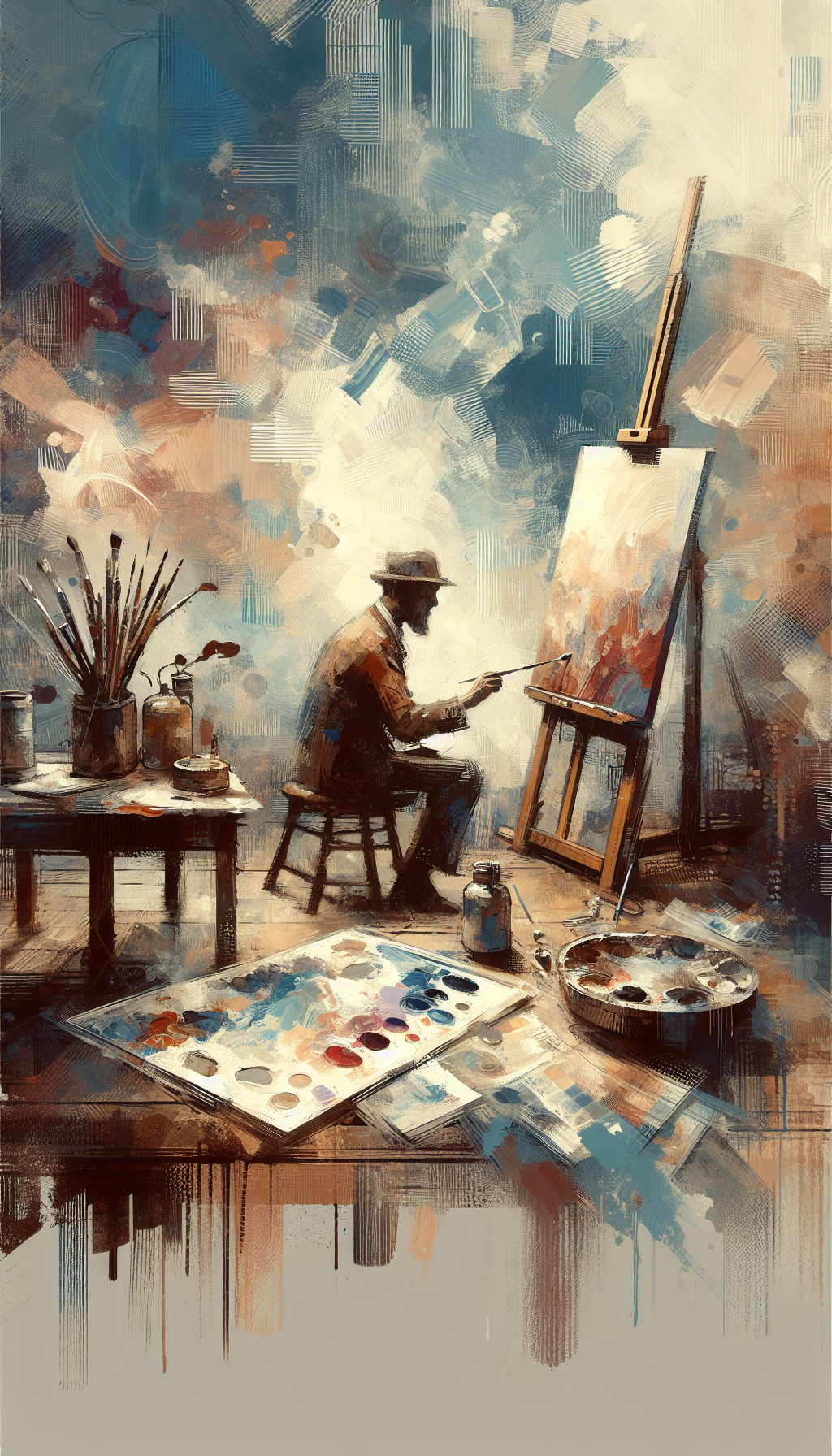
The Canvas of Modernity: Painting in the Contemporary Art World
Introduction
In the ever-evolving realm of modern art, painting continues to stand as a pillar of creativity and expression. Despite the emergence of digital art and multimedia installations, the traditional medium of painting retains its profound allure. Recent developments in the art world, from the celebration of railway-themed art to the exploration of race through genetics, underscore the dynamic nature of painting as a tool for both historical reflection and social commentary. Let's dive into the vibrant world of modern painting and explore its role in shaping our cultural landscape.
Railway Reverie: Celebrating 200 Years of the Modern Railway
In a delightful fusion of history and artistry, a global vote has been cast to unveil the best-loved railway art, marking 200 years of the modern railway. This celebration is not just about the technical marvels of locomotion but also about the stories and emotions captured on canvas. Paintings of railways have long been a favorite subject for artists, offering a rich tapestry of nostalgia, adventure, and the promise of new horizons.
The railway, a symbol of industrial progress, has inspired generations of painters to explore themes of movement, change, and the human journey. As we reflect on these artworks, it's fascinating to consider how the railway serves as a metaphor for the artistic journey itself—a journey that is both personal and universal, constantly in motion, yet grounded in tradition.
Painting and the Genetics of Race: A Modern Exploration
While genetics might seem an unlikely muse for modern painting, it provides a fertile ground for artists seeking to explore themes of identity and race. The intersection of science and art offers a unique lens through which to examine the complexities of race, a topic that remains as relevant today as ever. Through vibrant colors and abstract forms, artists challenge preconceived notions and invite viewers to ponder the biological and social constructs that define us.
In the wake of discussions about race and identity, paintings serve as powerful statements that transcend language. They capture the nuances of human experience in ways that are both visceral and thought-provoking. As artists continue to grapple with these themes, painting becomes a medium not just for representation but for transformation—encouraging dialogue and fostering understanding in a divided world.
The Hong Kong Art Scene: A Creative Hub of Innovation
Meanwhile, in the bustling cityscape of Hong Kong, the Hong Kong Trade Development Council (HKTDC) is hosting a series of mega events that showcase Asia's burgeoning creative scene. Among these events, painting finds its place as both a traditional art form and a catalyst for innovation. The vibrant art scene in Hong Kong is a testament to the enduring appeal of painting, even as it is reimagined through the lens of modernity.
In this dynamic cultural hub, artists are pushing the boundaries of painting, blending it with other media and exploring new themes. From the interplay of light and shadow to the fusion of Eastern and Western aesthetics, Hong Kong's art scene is a microcosm of the global art world—where tradition meets innovation, and where the past is continually reinterpreted in the context of the present.
Personal Perspective and Critical Analysis
As an art enthusiast, I find the resilience of painting in the modern art world both inspiring and reassuring. In an age where digital and conceptual art often dominate headlines, painting reminds us of the power of the tangible—the brushstroke, the texture of the canvas, the interplay of color and form. It is a medium that demands presence, inviting us to pause and reflect in a world that often moves too fast.
However, I also recognize the challenges that painting faces in remaining relevant. As artists experiment with new techniques and materials, the definition of painting itself is being stretched and redefined. This evolution is not without its critics, who argue that painting is losing its essence in the pursuit of novelty. Yet, I believe this transformation is a testament to the medium's vitality, its ability to adapt and remain a potent force in the art world.
Conclusion
In conclusion, painting continues to be a vibrant and essential part of modern art. Whether it's celebrating the storied history of the railway, exploring the complexities of race, or thriving in the creative hub of Hong Kong, painting offers a unique window into the human experience. It is a medium that, despite the passage of time and the advent of new technologies, retains its ability to move us, to provoke thought, and to inspire change.
As we look to the future, let us celebrate painting not only as a relic of the past but as a dynamic and evolving art form—one that continues to challenge, captivate, and connect us across time and space. In the words of the great artist Paul Klee, "A line is a dot that went for a walk." Let us continue to walk with painting, wherever it may lead us.
---
*This article was generated based on recent art news from BBC News, Lenscratch.com, Antaranews.com and other sources.*
Comments (0)
Share your thoughts on this piece. Thoughtful, art-focused discussion is welcome.
No comments yet. Be the first to respond to this artwork.


